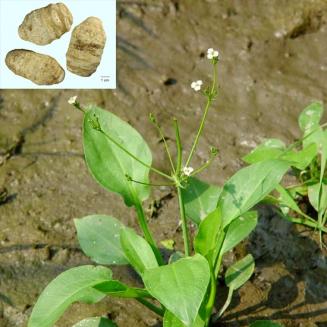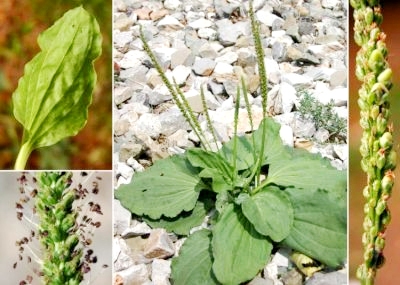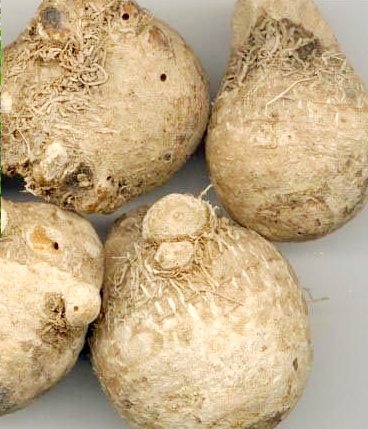SPECIFICATION
English names: Common water plantain, mad-dog weed.
Description: Marsh herb, 40-50 cm. high. Rhizome stout, globular. Leaves entire, long-petioled, forming a rosette; nerves curved. Inflorescence in terminal umbelliform cyme; scape long, flowers white, cylindrical. Fruit: ah akene.
Flowering period: October - November.
Distribution: Wild and cultivated species in rice-swamps and ponds.
Parts used: The rhizomes, collected in autumn, are sun-dried or heat-dried. They are soaked in alcohol or in salt solution, then torrefied until they turn yellow before use.
Chemical composition: The rhizomes contain an essential oil consisting of alisol A, B, C and epialisol A; D-glucose, D-fructose, sucrose; b-sitosterol, lecithin, choline, resin, protein and starch.
Therapeutic uses: The rhizome is diuretic and used in treating oedema, nephritis, dysuria, haematuria, pollakiuria, urodynia, urinary lithiasis, flatulence, vomiting and diarrhoea. It is administered in a dose of 8 to 16g per day in the form of a decoction or pills. It is likewise prescribed as an antidiabetic and as a galactagogue in hypogalactia.


